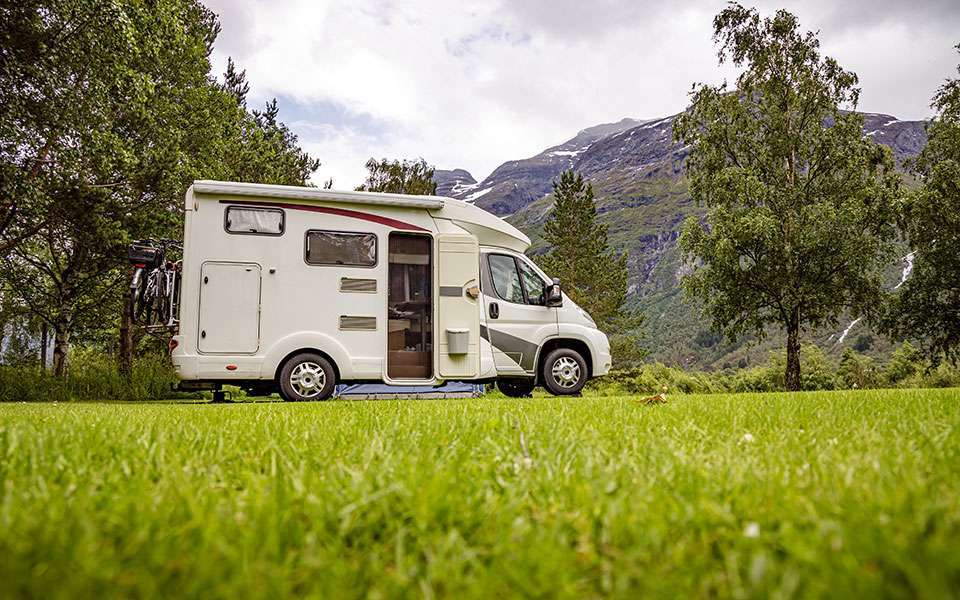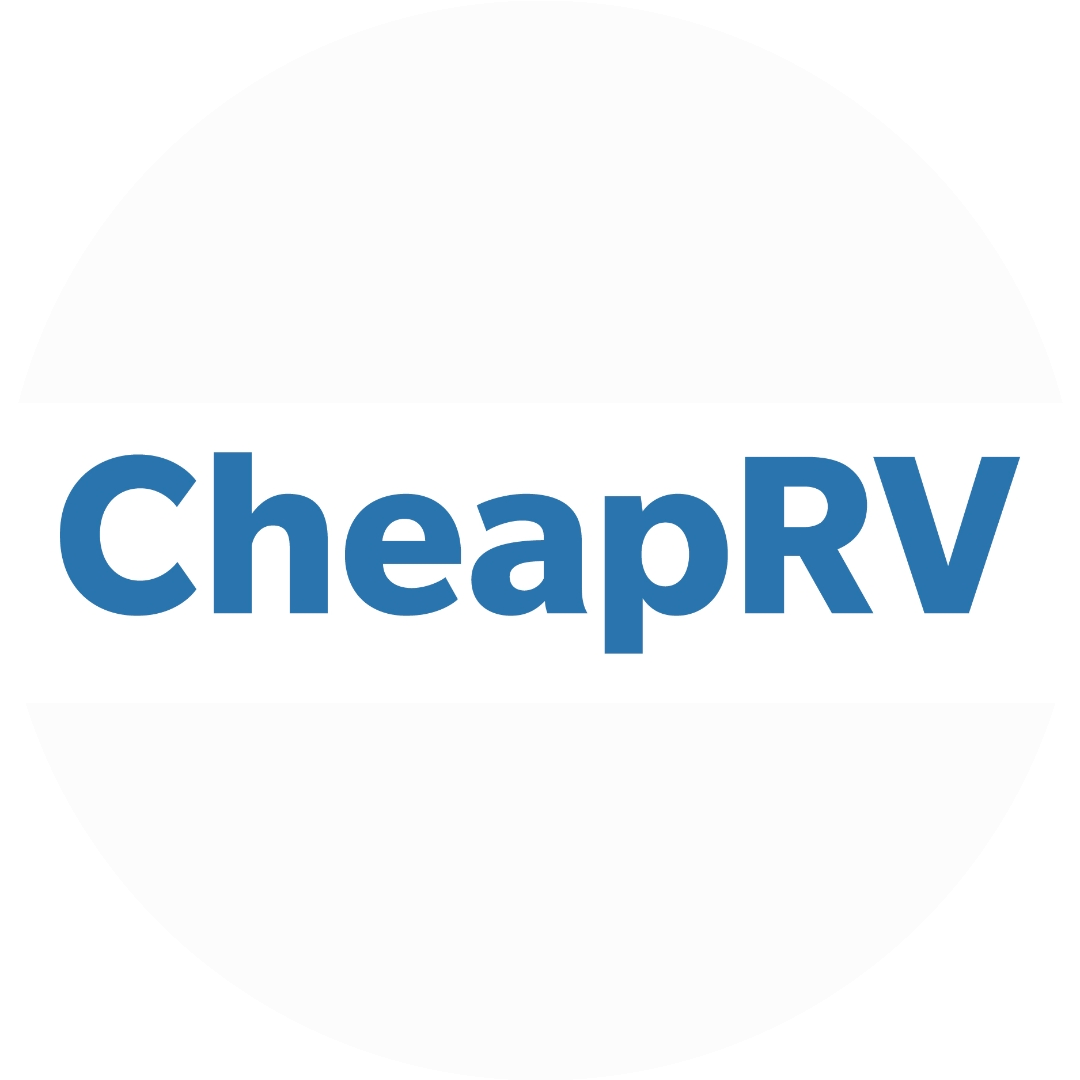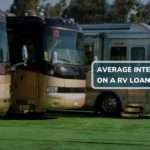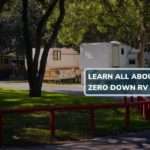
How To Sell an RV With a Loan?
Selling an RV when you have a loan can be challenging and different from a normal sale. However, people accomplish this all the time, even if they still have to pay money after they sell the vehicle. You don’t need to be frustrated by this process because it’s easier than you may expect, despite your initial thinking.
Please continue reading to learn everything you need about how to sell an RV with a loan. In addition, we will discuss your market value, where to sell your RV, and what to do with outstanding debt.
Selling an RV with a Loan
Are you stressed about selling your RV while you still have a loan? You don’t need to be afraid because the process is easier than you would think. You’ll want to meet the previously agreed terms of your loan agreement before you sell.
Below, we will discuss the steps you must take to sell an RV with a loan. We will give detailed information about how to complete this task.
Step One: Determine the Fair Market Value of Your Camper
The first step to making any sale is determining the market value of your item, and the same rule applies to your RV. Follow the guidelines below to determine the price you should put your RV or camper up for sale.
- Don’t sell your RV for significantly lower than the fair market value. Otherwise, you could take a huge loss and still pay off a loan for an item you don’t own anymore.
- If you price your RV higher than the fair market value, it’s unlikely anyone will purchase it. Unfortunately, sometimes, you’ll have to take a loss on your vehicle.
- The base price of your camper RV is not the same as the fair market value.
If you keep these guidelines in mind, you’ll have no trouble selling your RV. However, if you ignore these guidelines and sell your RV for more or less than it’s worth, you could end up in trouble
Base Price
The base price is the amount you borrowed from the lender to purchase your RV. This price also includes taxes, insurance fees, and camper registration fees. However, since you likely put a down payment on your RV, you can subtract that amount from your base price.
You can determine your remaining debt on your RV by checking your credit statement. You can also contact the lender you use and ask them how much you have left on your loan. You’ll want to pay off the remaining debt if possible.
Step Two: Select the Camper/RV Selling Method
After you determine your market value and pay off your vehicle, it’s time to find a selling method that works for you. Fortunately, you’re open to more than local buyers when selling an RV. The following are different selling methods you can choose and why they would benefit you.
1. Selling the RV in Private Market
If you still need to pay off your loan, you’ll want to mention that in your advertisement when you post in the private market. Some customers will lose interest in your RV because they don’t want to deal with the burden of taking on your loan. However, other buyers might prefer this method to get a better deal.
2. Selling the RV to the Dealership
Selling an RV to a dealership is the easiest way to get rid of this vehicle. However, there are more profitable options than this because the dealership will take as much profit as possible. Even though the dealership is likely to give you a lower price point, this could be a preferable option, so you don’t have to weed out your sellers.
3. Selling the RV on Consignment
If you’re low on time and don’t want to deal with the private marketplace, you can sell your RV on consignment. However, when you choose this method, you won’t see your total profit because they will take a service fee. If it takes them a long time to sell your RV, they’ll take a larger chunk of profit.
Step Three: Outstanding Debt compensation
Unfortunately, you won’t always come out of your RV transaction profitably. You could still have outstanding debt on your loan after you sell your RV. This happens when the final sale amount is less than the amount you owe on your loan. You can pocket the extra cash if you sell your RV for more than the loan’s value.
Step Four: Close the Escrow Account’s Deal
If you or your buyer are worried about the security of your transaction, you can have the buyer put money in escrow. This escrow account will only release the funds to you after you sign over the title to your RV. This is a great way for buyers to avoid getting scammed.
However, when you have a lien on your RV and sell it using this method, extra fees are associated.
Step Five: End the Sale and Complete the Paperwork
After you decide on a purchase agreement with your buyer, it’s time to fill out your paperwork. This paperwork will sign the title of your RV over to the buyer, and you’ll be left to pay off the remainder of your loan.
However, if the buyer and seller agree on these terms, the seller can shift the responsibility of the loan to the buyer instead. If you can’t afford to pay off your RB after selling it, you can get a bridge loan from your financial institution to lessen the blow.
Other Options to Sell an RV with a Loan
Aside from the methods we’ve previously discussed, there are a few other ways you can sell your RV with a loan.
- You can lease your RV or camper to a private party after determining your RV’s market value.
- You can use the Outdoorsy website to rent out your RV to people who don’t want it full-time.
You can make a decent profit when you rent your RV to interested parties instead of selling it. However, you’ll need to keep insurance on this vehicle to protect yourself financially.
Conclusion
You would be surprised by how many people sell their RVs while they still have a loan. People find themselves in situations where they don’t use their RV as much, even if the loan term isn’t up. If you have a lien against your RV, you can sell it or rent it to interested parties. You’ll need to determine your market value before completing either of these methods.






